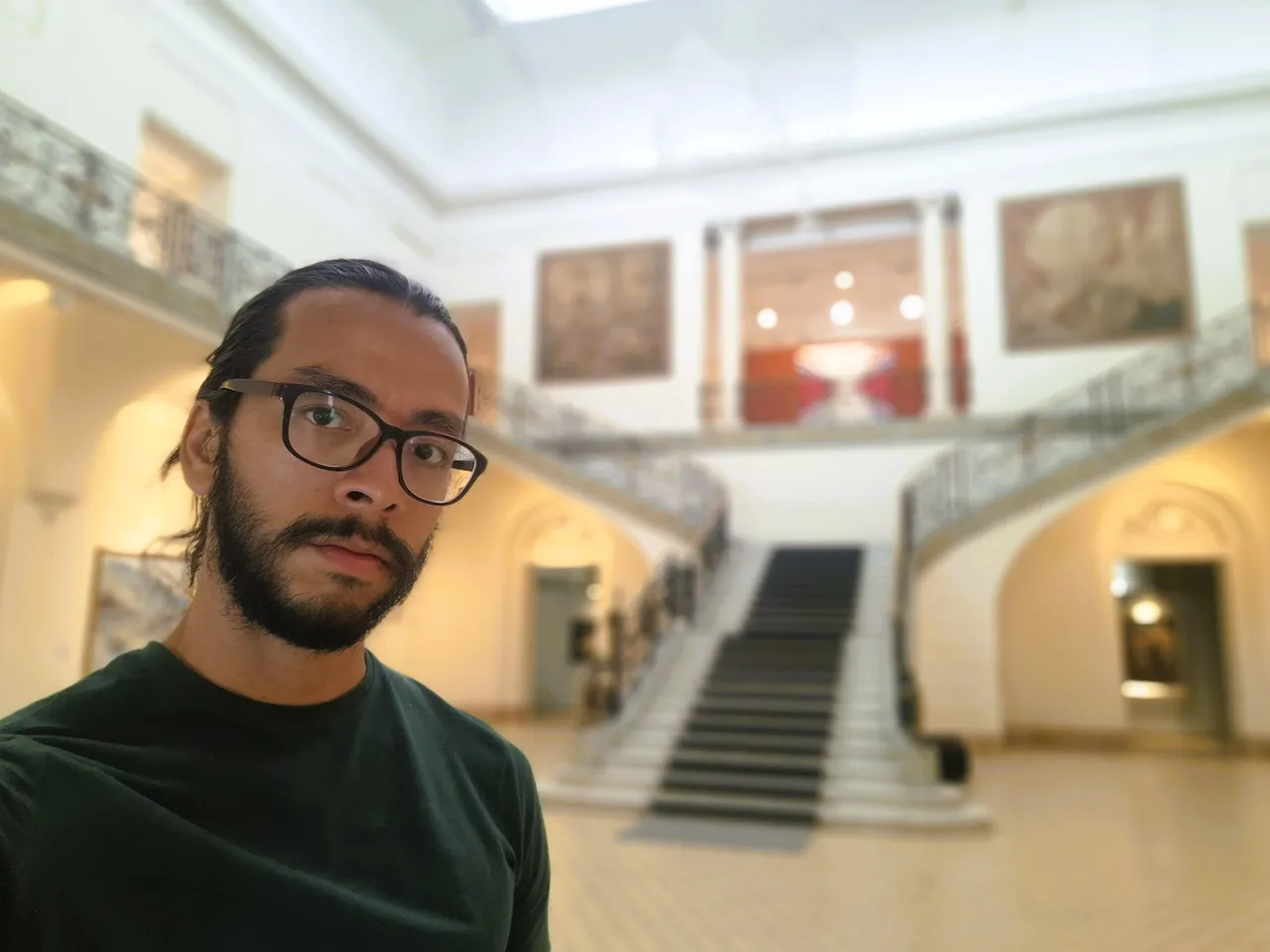
I thought two posts would be enough to recount my two days in the beautiful city of Córdoba, but even though I saw almost nothing of the city on the second day, when I reviewed my two previous posts about this trip, I realized that I still had many photos to show and many things to say. So, as if this were a kind of extra chapter, or a bonus track, I want to share with you some of the features I liked most about this lovely Argentine city.
Pensé que dos posts eran suficientes para contar lo que viví en mis dos días en la hermosa ciudad de Córdoba, pero aunque el segundo día no vi casi nada de la ciudad, al revisar mis dos publicaciones previas sobre este viaje me di cuenta de que me quedaron muchas fotos por mostrar y muchas cosas por decir. Por eso, como si esto fuese una especie de capítulo extra, o de un bonus track, les quiero compartir algunos de los rasgos que más me gustaron de esta linda ciudad argentina.
Art is Everywhere | Arte por todas partes
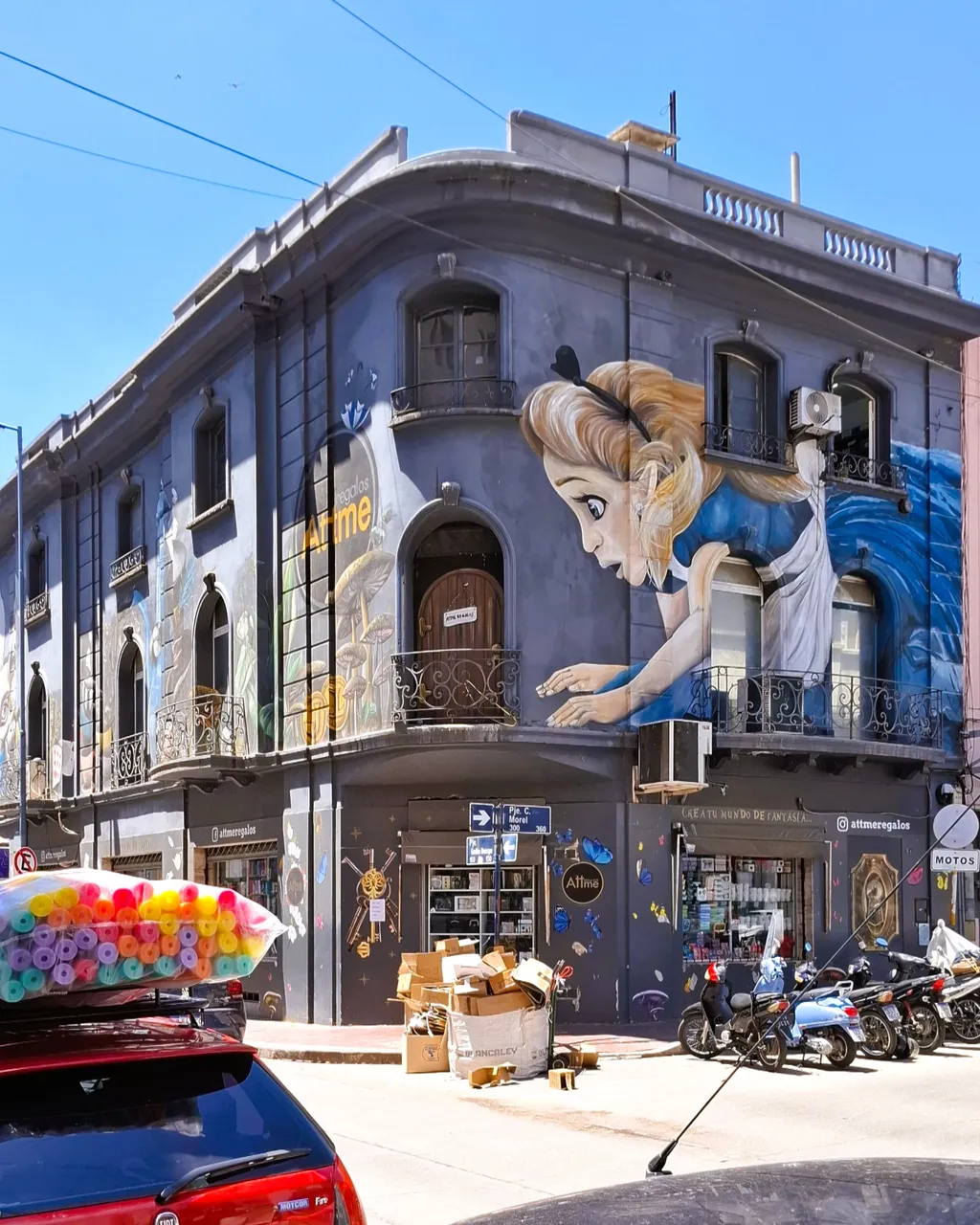
I mentioned some museums I visited on my first day in the city, and naturally, when you think of museums, you think of sculptures, paintings, installations, photographs—in other words, art. But Córdoba is a city that doesn't only display its art in these temples of painting and sculpture. Art is everywhere. Suddenly, walking through the city center, I found myself in the middle of nowhere in front of an iron statue of an angel pointing to a book held by another figure in front of him. It is difficult to recognize the identity of the characters or interpret what role the angel plays there (is it a good angel? Is it the angel of death?), but something can be intuited by reading the inscription pointed to by his finger: Nihil Fius Fide (“Nothing Before Faith”). Like this one, there are other statues in random places, as if the city itself were an open-air museum. Another work that caught my attention was a mural I saw on a corner depicting Alice, the protagonist of Lewis Carroll's children's classic. The drawing was large and of very good quality, and I saw other interesting murals like this one. It's true that the city doesn't have—or at least I didn't see—as many murals as some other cities known for them (Valparaíso comes to mind, for example), but when you're walking through the streets of Córdoba, I recommend keeping your eyes open because you can find some form of artistic expression anywhere.
Les mencioné algunos museos que visité en mi primer día en la ciudad y lógicamente quien piensa en museos piensa en esculturas, pinturas, intervenciones, fotografías; es decir: Arte. Pero Córdoba es una ciudad que no muestra su arte solamente en estos templos de la pintura o de la escultura. El arte está en todas partes. De pronto, caminando por el centro, me encontré en medio de la nada una estatua fundida en hierro en la que un ángel señala el libro que otra figura sostiene delante de él. Es difícil reconocer la identidad de los personajes o interpretar qué papel juega el ángel allí (¿es un ángel bueno? ¿es el ángel de la muerte?) pero algo puede intuirse al leer la inscripción que señala su dedo: Nihil Fius Fide ("Nada Antes que la Fe"). Como esta, también hay otras estatuas en algunos lugares random, como si la ciudad en sí misma fuese un museo a cielo abierto. Otra obra que me llamó la atención fue un mural que vi en una esquina y que representaba a Alicia, la protagonista del clásico infantil de Lewis Carroll. El dibujo era de gran tamaño y de muy buena calidad y como este también vi otros murales interesantes. Es cierto que la ciudad no posee - o al menos no los vi - una cantidad de murales como algunas otras ciudades reconocidas por ello (pienso ahora en Valparaíso, por ejemplo), pero cuando estén paseando por las calles de Córdoba les recomiendo caminar con los ojos bien abiertos porque pueden encontrarse alguna manifestación artística en cualquier parte.
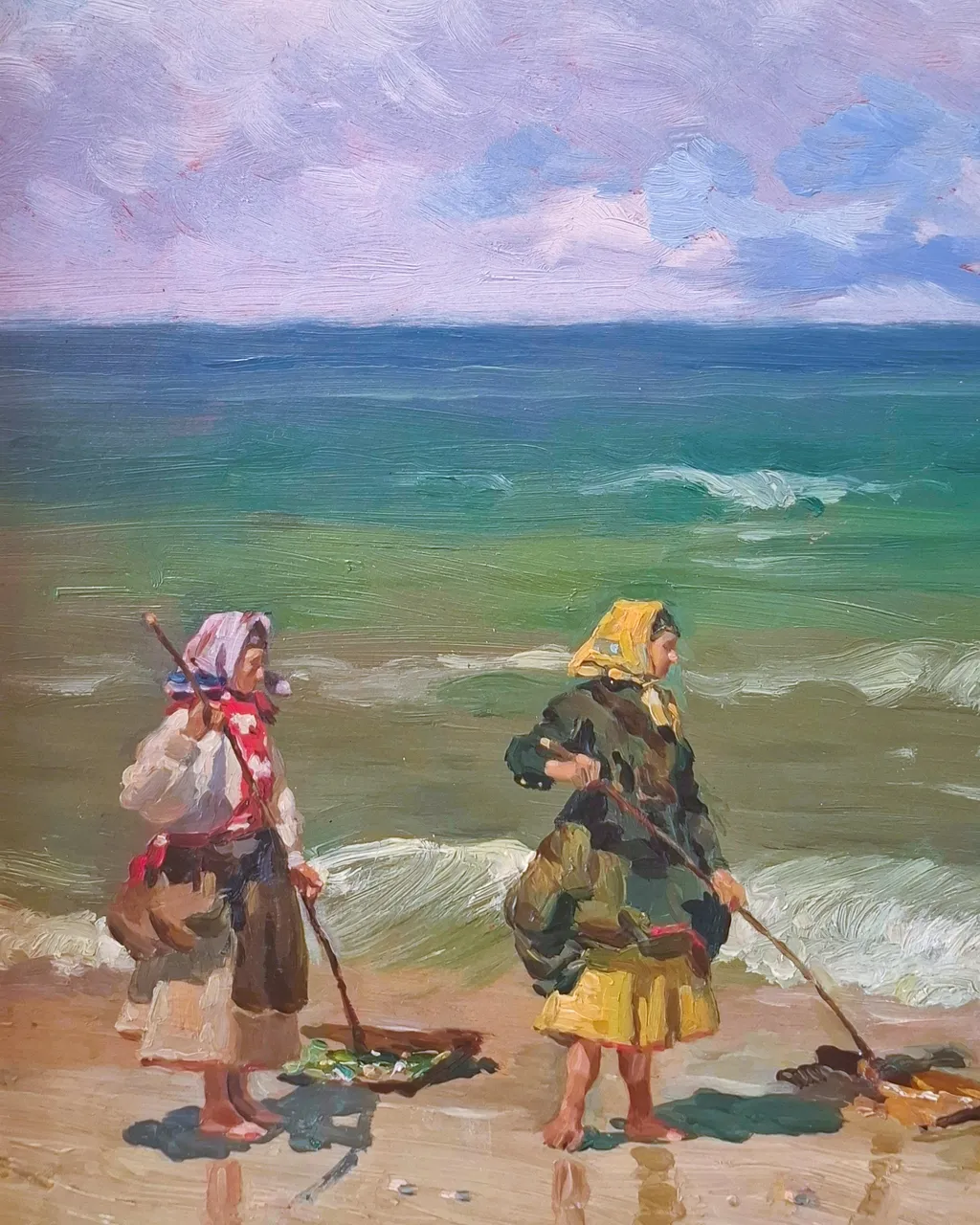 | 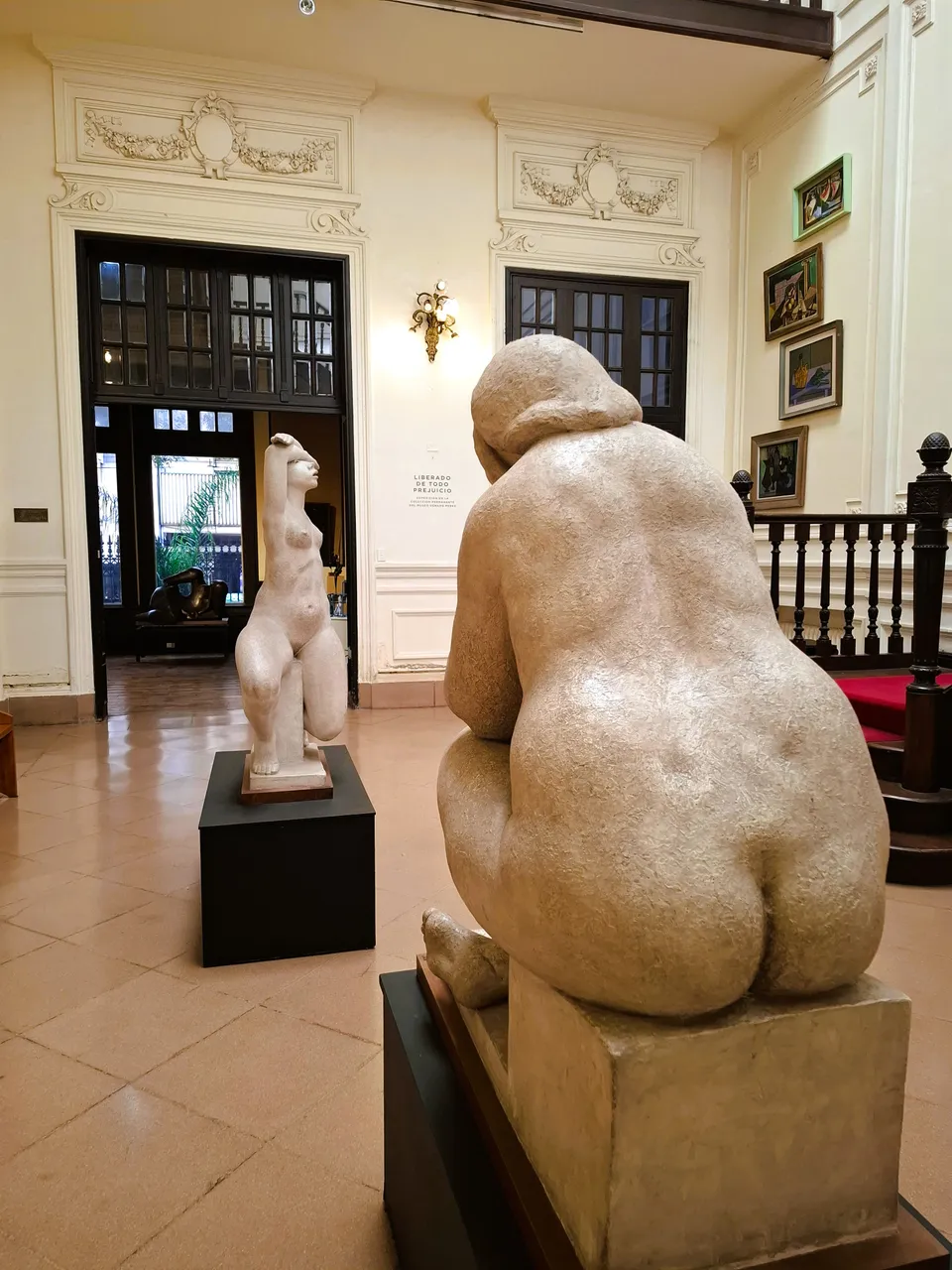 |
|---|---|
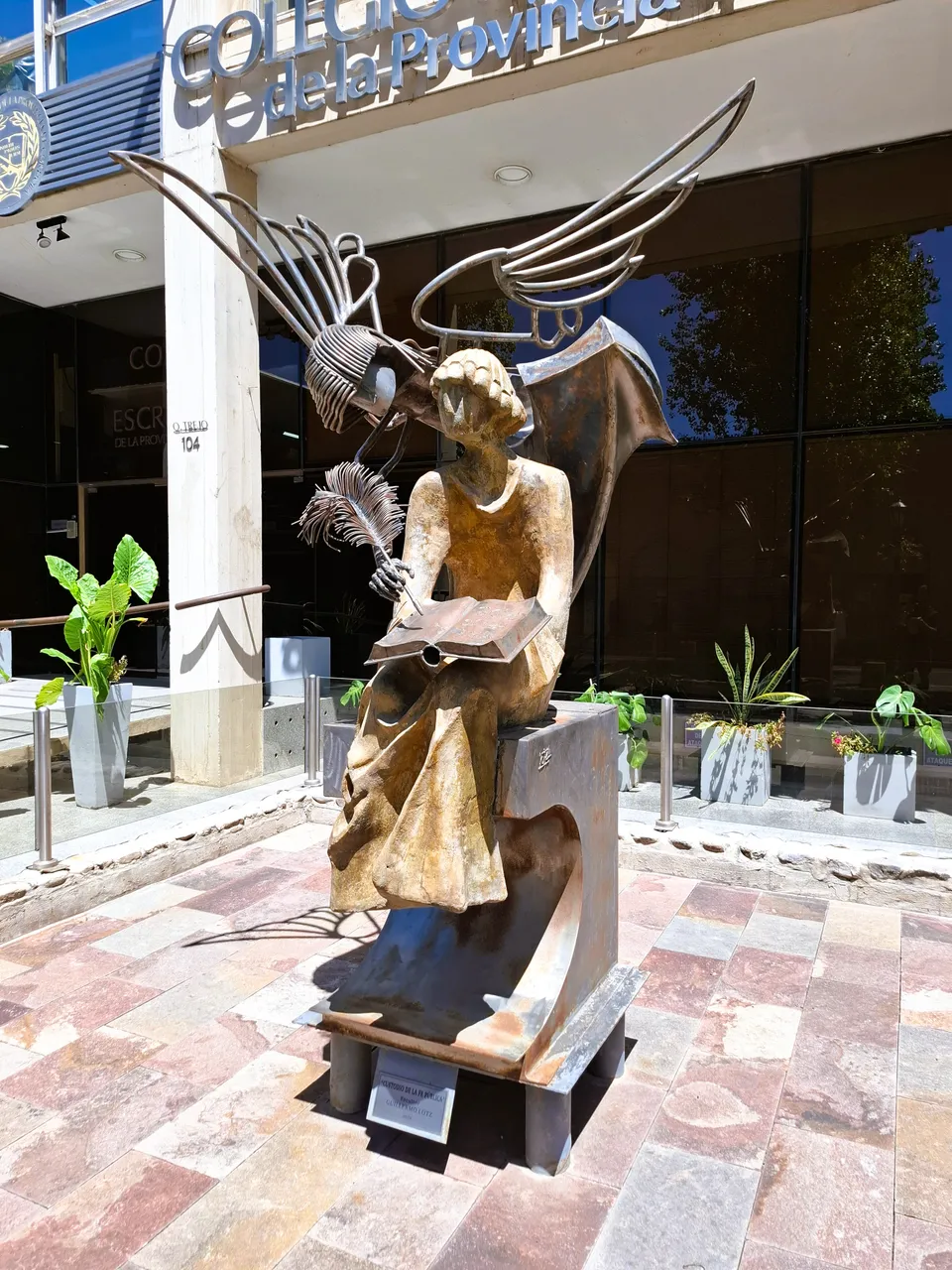 | 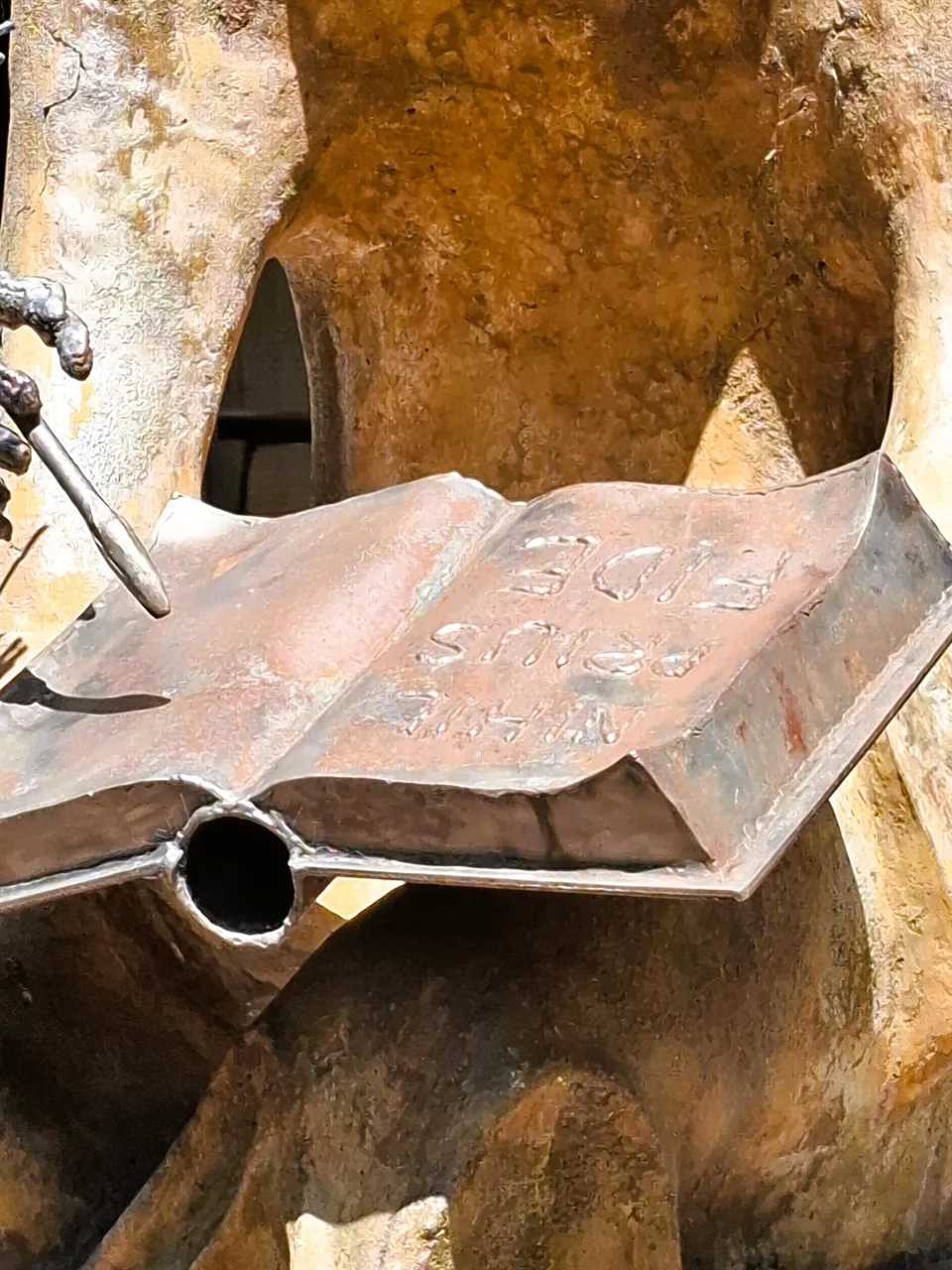 |
Historic Preservation | Conservación Histórica
Córdoba is the second most populous city in Argentina, after Buenos Aires, and has been the scene of several historically significant events in the country. It was the center of the University Reform of 1918, the civil-military coup that overthrew the government of Juan Domingo Perón in 1955, and also the famous Cordobazo (1969), a student, worker, and union protest against the dictatorial regime of Onganía.
Córdoba es la segunda ciudad más poblada de Argentina, después de Buenos Aires, y ha sido protagonista de varios hechos de relevancia histórica en el país. Fue centro de la Reforma Universitaria de 1918, del golpe de Estado cívico-militar que derrocó al gobierno de Juan Domingo Perón en 1955 y también del famoso Cordobazo (1969), una protesta estudiantil, obrera y sindical en contra del régimen dictatorial de Onganía.
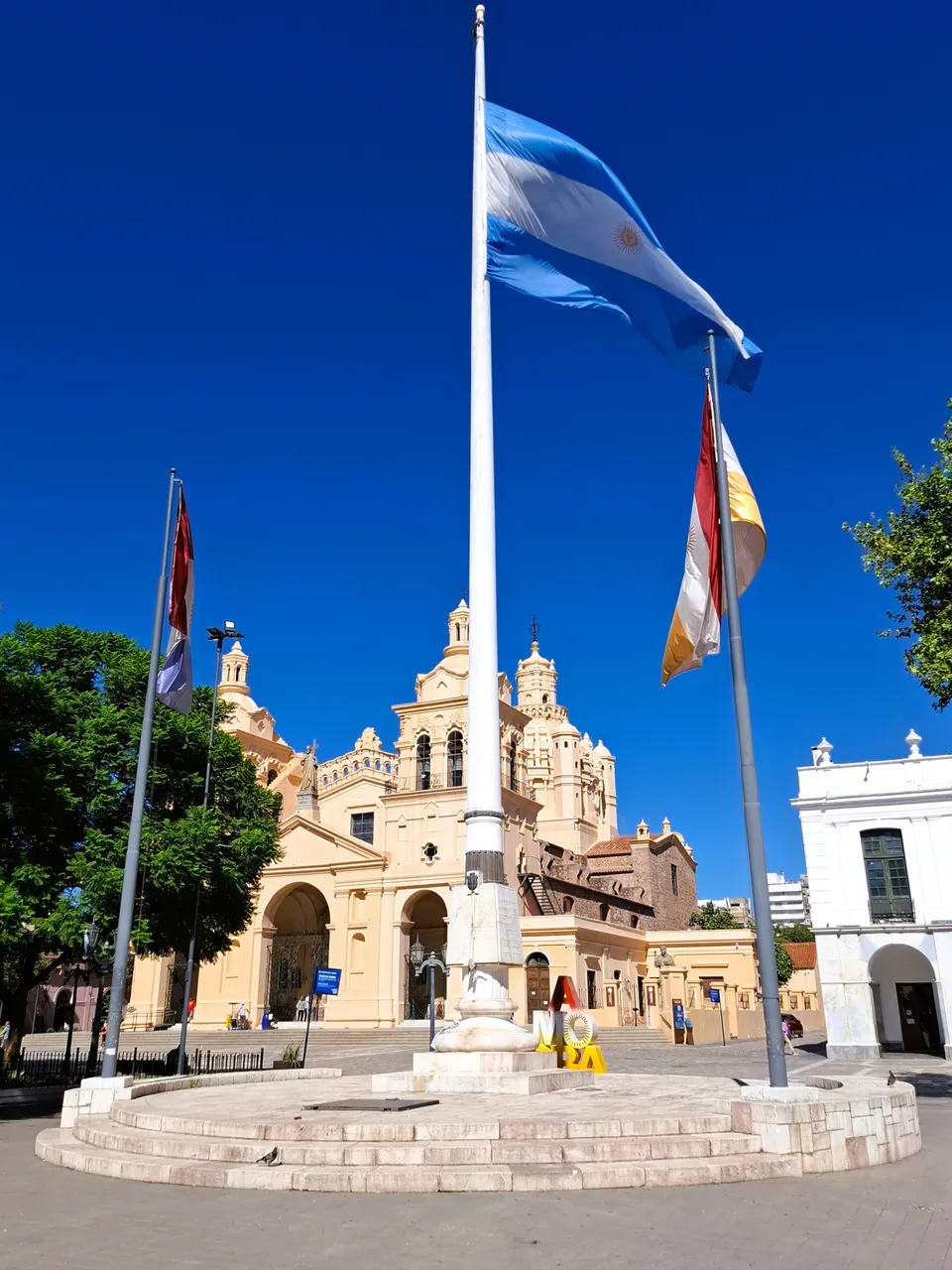
But even before that, the city already had an impressive historical record. Combining colonial architecture, university life, and natural beauty, many areas of the city have been preserved as historical landmarks not only nationally but also internationally. For example, the famous Jesuit Block, which includes not only the Church of the Society of Jesus and the former National College of Monserrat but also the National University of Córdoba, one of the most important in the country, the oldest in Argentina, and one of the first on the continent, was declared a World Heritage Site by UNESCO. Added to these are the historic center, the Cathedral of Córdoba, the Cabildo, and museums such as the Evita Fine Arts Museum and the Dionisi Palace, as well as a series of palaces and old buildings that have been restored and preserved as part of the city's history and identity. But it's not only national history that stands out; there are also important spaces that honor the memory of humanity, migrant communities, or famous figures from universal history, such as the monument to Anne Frank located in Plaza España, opposite the Emilio Caraffa Museum.
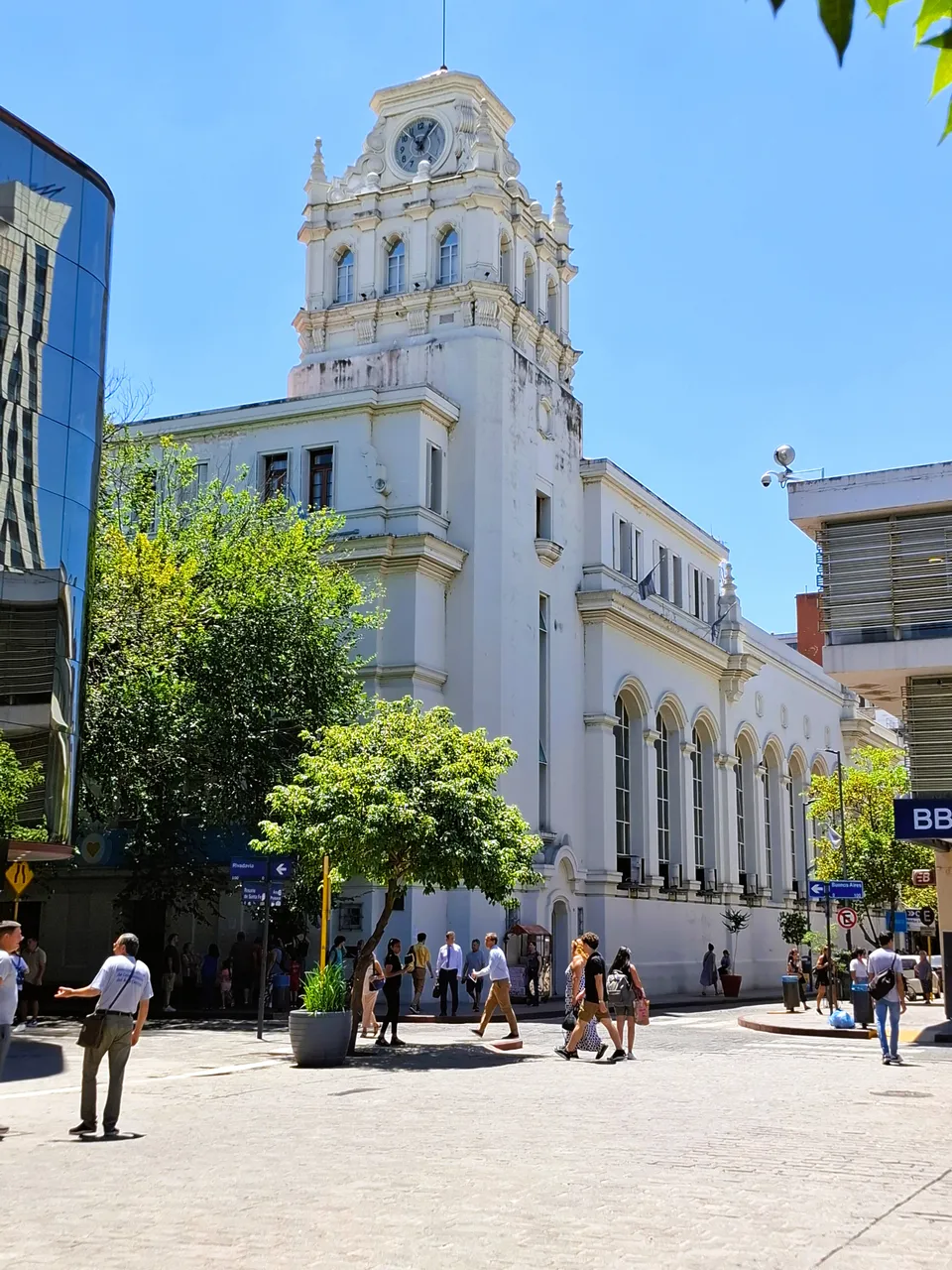 | 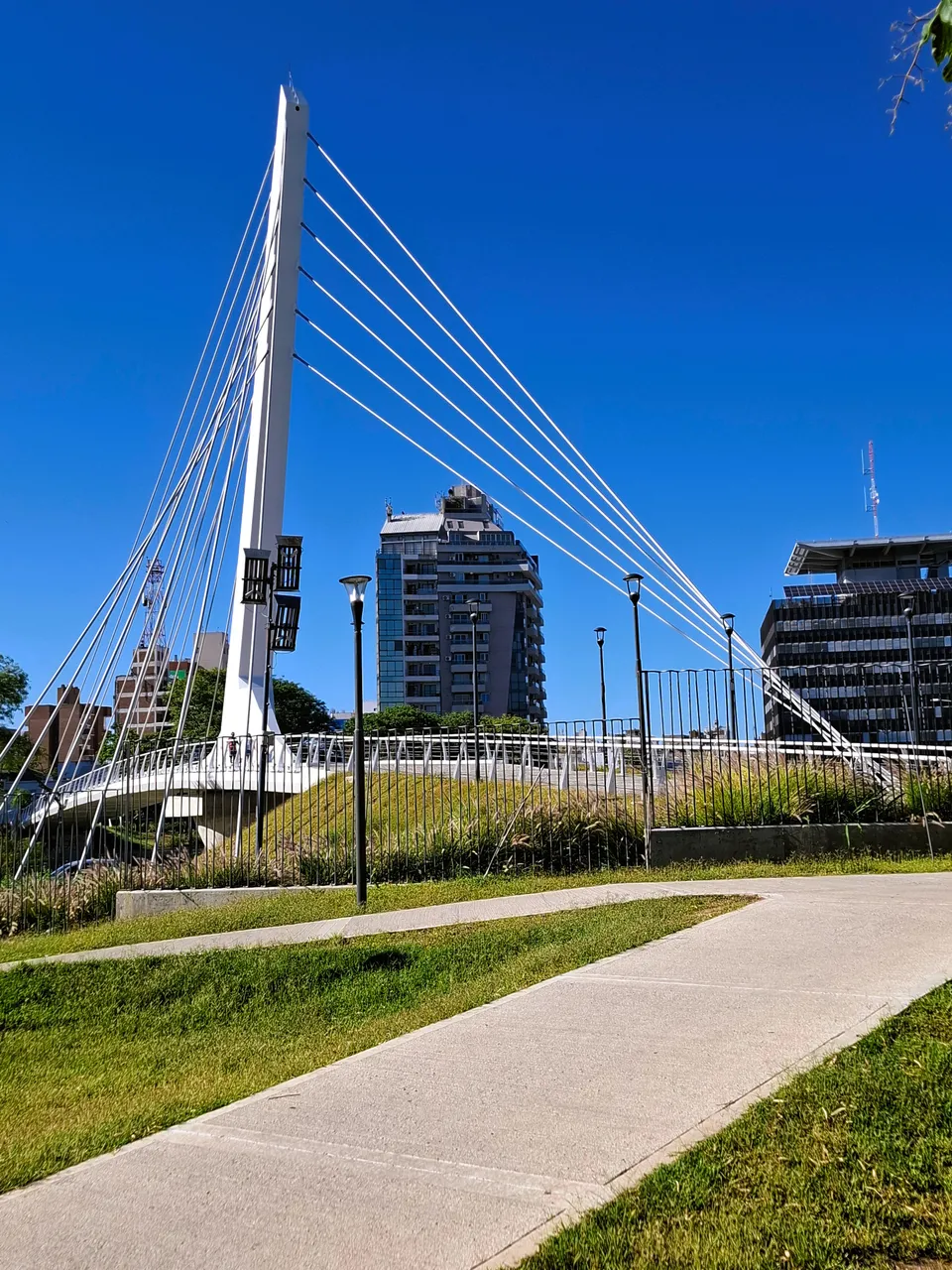 |
|---|---|
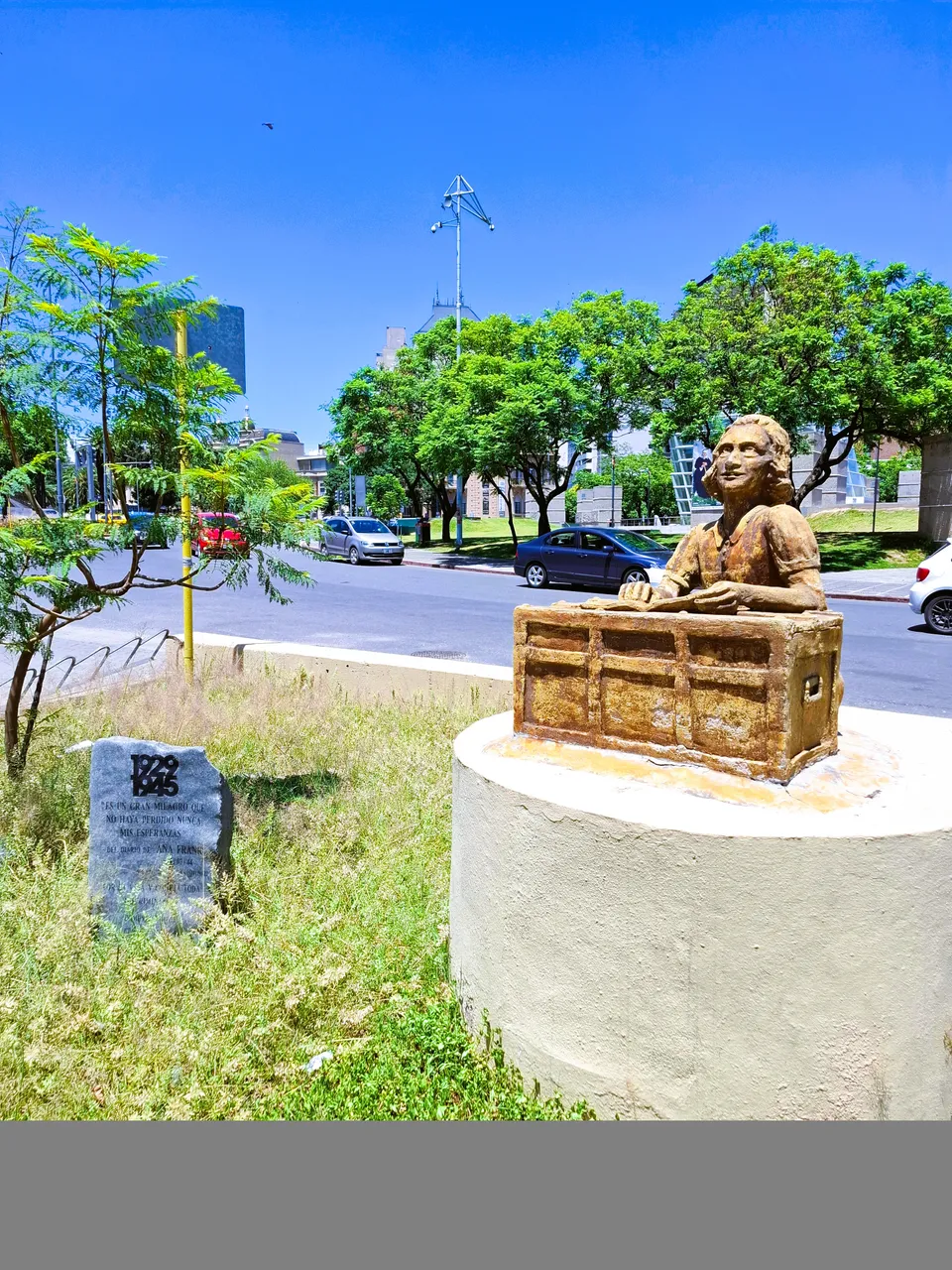 | 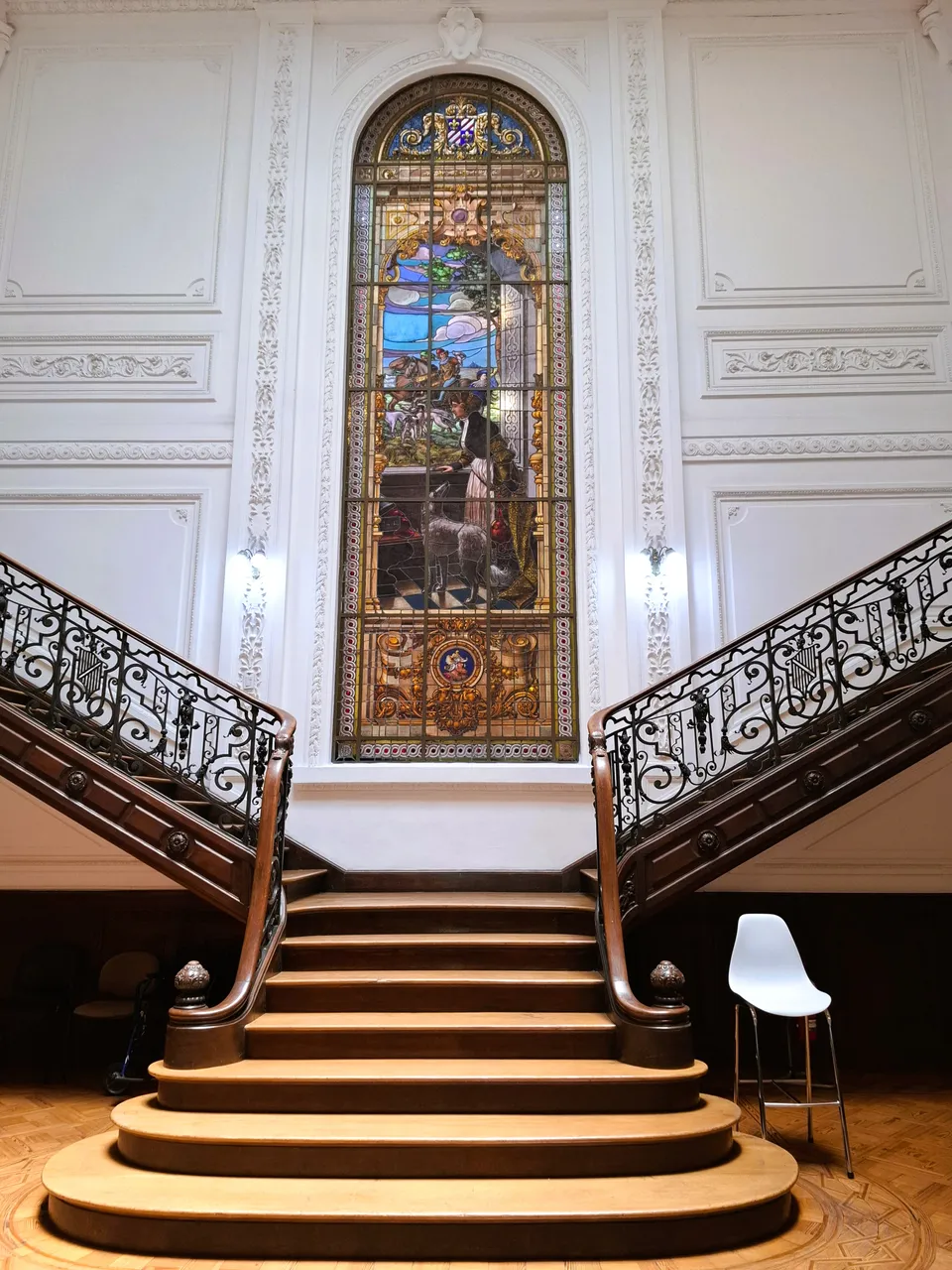 |
Pero antes de eso, la ciudad ya contaba con un palmarés histórico importante. Combinando arquitectura colonial, vida universitaria y belleza natural, son muchos los espacios de la ciudad que han sido preservados como hitos históricos no sólo a nivel nacional sino también internacional. Por ejemplo, la famosa Manzana Jesuítica, que abarca no sólo Iglesia de la Compañía de Jesús y el antiguo Colegio Nacional de Monserrat sino también la Universidad Nacional de Córdoba, una de las más importantes del país, la más antigua de argentina y una de las primeras en el continente, fue declarada Patrimonio de la Humanidad por la Unesco. A ellos se suma el casco histórico, la Catedral de Córdoba, el Cabildo y museos como el de Bellas Artes Evita o el Palacio Dionisi, además de una serie de palacios y edificios antiguos que han sido restaurados y preservados como parte de la historia y la identidad de la ciudad. Pero no es sólo la historia nacional la que se destaca, también hay importantes espacios que honran la memoria de la humanidad, comunidades migrantes o personajes célebres de la historia universal como el monumento a Ana Frank que se encuentra en la plaza España, frente al Museo Emilio Caraffa.
The Welcoming | La Bienvenida
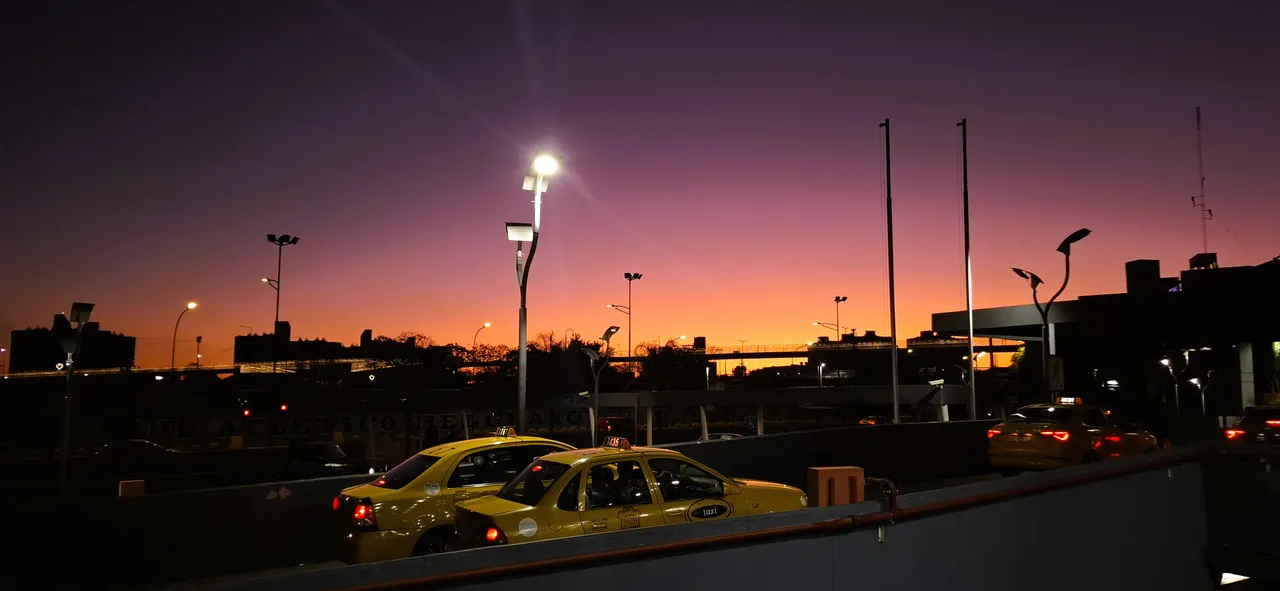
This section is based on a personal experience, and I don't know how common it is, but when I arrived in the city on the morning of Thursday, January 2, and went out to walk to my hostel, the Cordoba sky greeted me with shades ranging from purple to orange. I assure you that the photo doesn't do it justice. It's one of the most beautiful sunrises I have ever seen, with colors more typical of sunset than sunrise, but walking under those hues that gradually faded as the day dawned was one of my favorite moments in a city where I spent less than 48 hours, but which left a beautiful impression on me and made me want to return, not only to sit in the park at the Palacio Ferreyra or walk through Sarmiento Park, but also—next time—to explore the nature surrounding the city, do some trekking, go to a river... I feel that Córdoba has so much to offer, both for those who live there and for those who are just passing through this beautiful Argentine city. How many of you have been to Córdoba? What is your favorite spot in the city? I look forward to reading your comments.
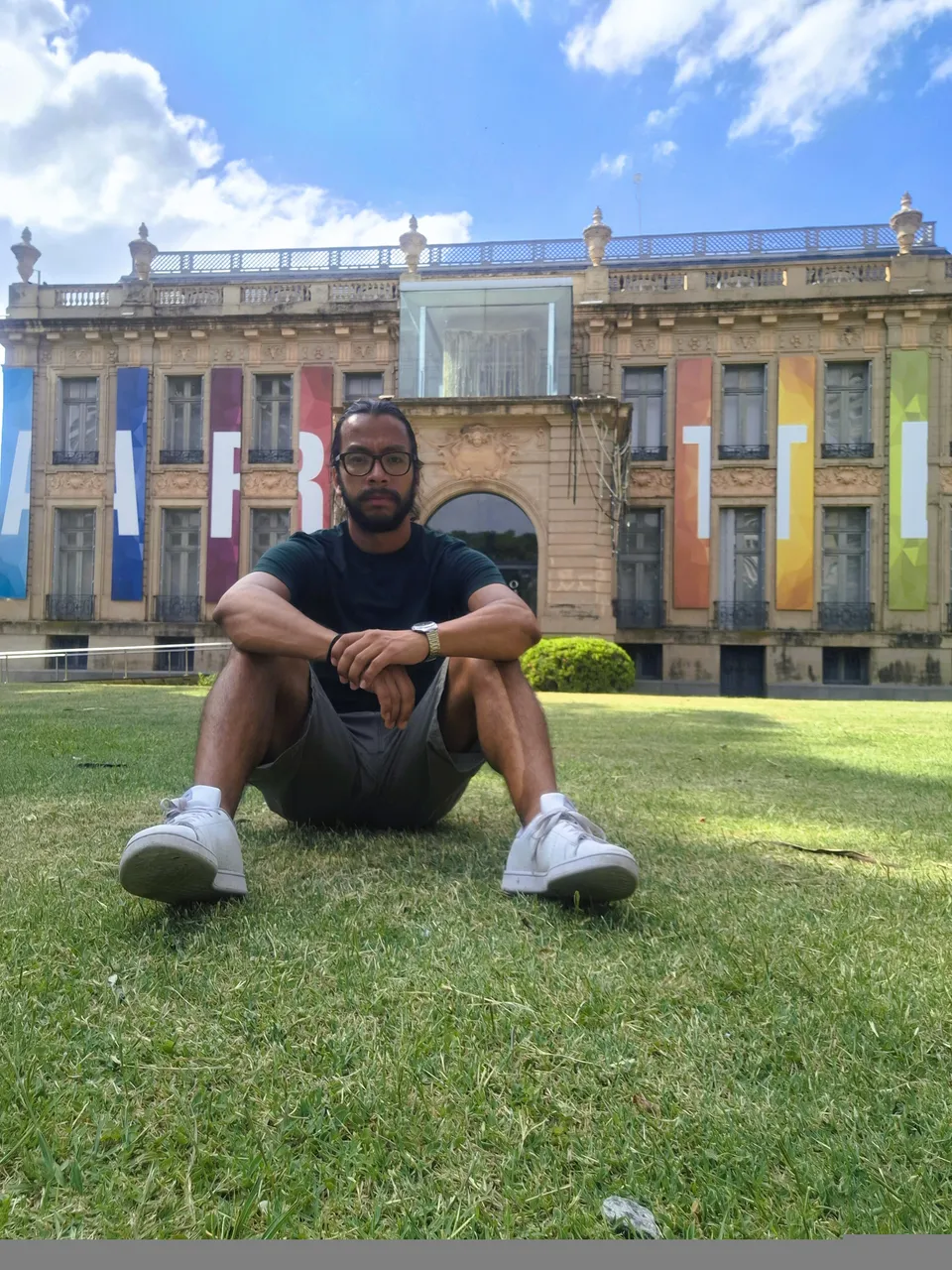
Este apartado sí nace de una experiencia personal y no sé qué tan común sea, pero cuando llegué a la ciudad la mañana de aquel jueves 02 de enero y salí a la calle para caminar hasta mi hostal, el cielo cordobés me recibió con tonos que iban desde el morado hasta el naranja. Les aseguro que la foto no le hace justicia. Es uno de los amaneceres más hermosos que he visto, con colores más propios de la caída del sol que del alba, pero caminar al amparo de esos tonos que se fueron disipando a medida que el día clareaba fue uno de mis momentos favoritos en una ciudad en la que no estuve ni siquiera 48 horas, pero que me dejó una hermosa huella y las ganas de volver a recorrerla, no sólo para volver a sentarme en el parque del Palacio Ferreyra o caminar por el Parque Sarmiento, sino para - en la próxima ocasión - explorar la naturaleza que rodea la ciudad, hacer algo de trekking, ir a un río... siento que Córdoba tiene muchísimo que ofrecer, tanto para quienes viven allí como para quienes se encuentren de paso en esta linda ciudad argentina, ¿cuántos de ustedes han estado en Córdoba? ¿cuál es su rincón favorito de la ciudad? Los leo en los comentarios.
Text and Pictures: | Texto e imágenes:
Other posts that may interest you | Otros posts que pueden interesarte:
  |
|---|